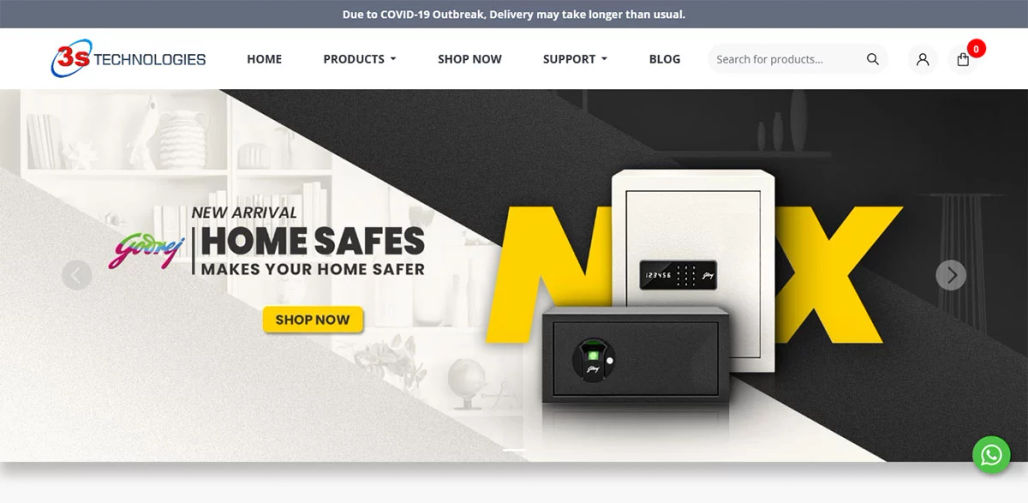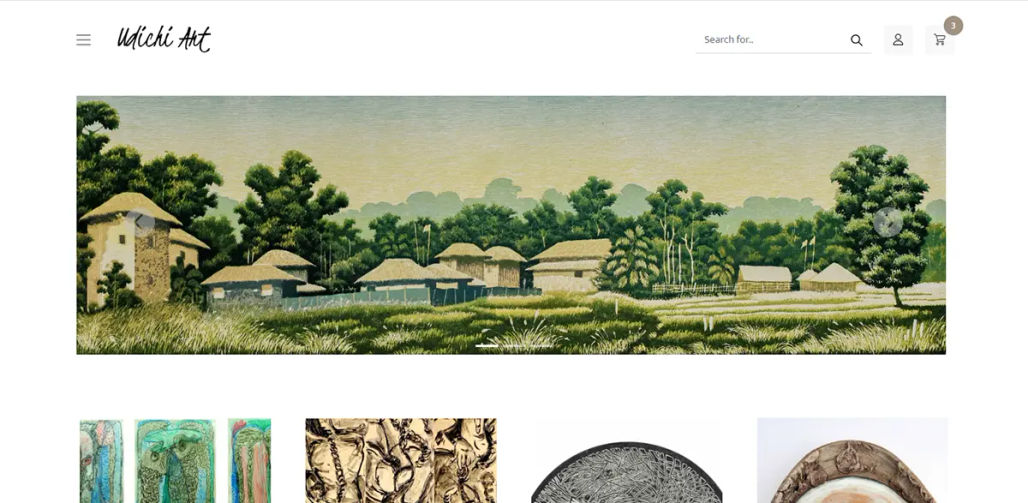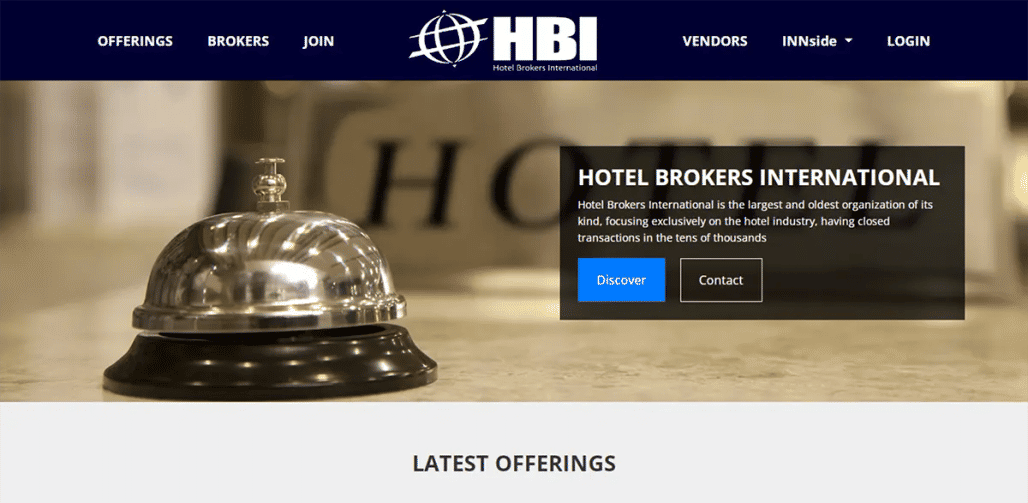One design golden rule is consistency. You must be consistent in the look and feel of your websites if you want to give your consumers an excellent experience. Consistency is the main characteristic distinguishing a positive encounter from a bad one.
On your website, the same intuitive user experience needs to be evident. But it's crucial to remember that just because you know where your material is doesn't guarantee that everyone else does. Users can easily navigate a consistent website because they are accustomed to it. It should be easy for users to locate the information they want.
This post will discuss the value of consistency in web design and how it affects user experience (UX), brand identification, and overall website performance. Additionally, we'll offer helpful hints and industry best practices for making your web design projects consistent.
The role of consistency in User Experience (UX)
Improving usability
For instance, consistent menus, links, and buttons on the navigation bar ensure that users know where to locate the information they need. Knowing that the homepage can be accessed by clicking the logo and that the main menu is always at the top will help users navigate the website more efficiently. On the other hand, a website with inconsistent design may make users angry and perplexed, which raises the likelihood that they will leave.
Developing credibility and trust
Make sure to include any identifiable brands or images you may already have in your design. Your website needs to strengthen your company's identity.
Use your company's logo frequently on the website as part of a more extensive marketing campaign to try and connect with your target market.
Remember that your website must be usable and accessible, consistent, and accurate to your brand.
Increasing usability
Consistent web design also helps with accessibility, another critical component of user experience. It is ensured that assistive technology, like screen readers, can appropriately understand and deliver the material to persons with disabilities when headings, labels, and interactive features are used consistently. It shows a dedication to diversity and improves the website's accessibility for a wider audience.
Consistency's effect on brand identity
Increasing awareness of the brand
A brand's visual and emotional expression is known as its identity, including colours, typography, messaging, and logos. Maintaining brand identification and ensuring that users can quickly identify and recall the brand is made possible by consistent web design.
A brand can establish a solid visual identity using the same colour scheme, typeface, and graphics throughout its website. Users instantly connect these aspects with the company when they come across them on other channels, including social media or advertising. Recurring visits to the website are encouraged by this acknowledgement, which strengthens brand loyalty.
Building a harmonious brand experience
Every touchpoint with the brand, including the website, is part of a unified brand experience. When a website is designed consistently, it makes sure that the online experience complements other brand encounters, such as in-store visits, customer support, and marketing collateral. The brand's values and messaging are reinforced by this alignment, which produces a smooth and integrated brand experience.
For example, a brand's physical shopfronts and marketing materials should have the same aesthetic if its website has a modern, minimalist design. Customers are given a cohesive and unforgettable brand experience when all brand touchpoints are consistent.
The effect of regularity on the performance of websites
Boosting interaction with users
User engagement on websites is measured by key performance indicators (KPIs), and consistent web design can significantly improve engagement metrics. When users can navigate a website quickly and get the information they need, they are likelier to stay on it longer, view more pages, and interact with the content.
Call-to-action (CTA) buttons and other consistent design features can direct users toward desired behaviours like subscribing to a newsletter, purchasing, or sharing content. Consistent web design leads to deeper user engagement because it offers a dependable and intuitive experience.
Cut down on bounce rates.
The percentage of visitors to a website that departs after only reading one page is known as the "bounce rate." Elevated bounce rates suggest visitors need to obtain the desired content or have a satisfactory experience. Reducing bounce rates can be achieved by consistent site design, which offers a user-friendly and pleasant experience.
Users are more likely to explore further and visit several pages when they come across a well-designed and consistent website. Intuitive layout, unified branding, and straightforward navigation all help to increase user satisfaction and decrease bounce rates.
Increasing search engine rank
The SEO efforts of a website might also be harmed by inconsistent design. Inconsistency can damage a website's ability to receive positive user experience ratings from search engines like Google. Users are more likely to depart a website fast if they are still trying to discover what they are looking for or are dissatisfied with its design. It may result in a higher bounce rate for the website and a lower search engine ranking.
The best ways to make your website consistent
Setting Up a Design System
A design system is a set of reusable parts, rules, and guidelines for web design that guarantee uniformity in every facet of a website. Creating a design system is one of the best strategies for designing websites that are consistently consistent.
A design system's components could be:
- Style guide: A style guide is an enumerating design component that should always be present on a website. The details include fonts, colour schemes, images, and other visual elements. Developers and designers can share this document to guarantee uniformity across the website.
- Component library: A library of reusable user interface (UI) elements, including forms, buttons, Navi navigation menus, functionality, and design, is known as a component library. Templates provide the process of creating a uniform structure. Using templates for pages like the homepage, product, and contact pages allows businesses to ensure that the design elements are constant throughout the website.
- Best practices and design patterns for common web design issues, such as responsive design and accessibility, are archived in the Pattern Library.
- Guidelines and recordkeeping: Ensuring that all team members and interested parties adhere to the same standards can be achieved by providing comprehensive instructions and guidelines for using the design system.
Using a design system, web designers and developers may ensure that every website component is consistent and aligned with the brand's identity.
How to establish a uniform visual hierarchy
The term "visual hierarchy" describes how elements are arranged on a website to direct users' attention and make each thing more critical than it is. A consistent visual hierarchy must be created for web design to be effective.
The following are essential guidelines for creating a unified visual hierarchy:
- Size and scale: To show the relative importance of elements, use a variety of sizes and scales. For instance, headlines should be bolder than body copy, and main calls to action should be displayed more prominently than subsidiary ones.
- Colour and contrast: A unified visual language requires a constant colour scheme. Companies ought to pick a palette of colours and stick with it for the entire website.
- Alignment and spacing: Whitespace is the void that exists between design components. A more well-organized pile to traverse can be achieved by often utilizing the space.
- Typeface: Your options for fonts are limited when designing for a website. If a user enters a font their computer or mobile device does not have, their browser will use the default font, which will alter the website's appearance. Selecting standard fonts and designating a font family for pages is recommended since it can lessen the likelihood that system fonts will be used to show the page. You can achieve a cleaner look for the website by selecting fewer fonts and type sizes.
Remember to test your web pages across various browsers to see how different ones affect their overall look.
Maintaining functional uniformity
The constant behaviour of interactive elements on a website is known as functional consistency. Maintaining functional consistency is essential to offering a dependable and intuitive user experience.
The following are some best practices for reaching functional consistency:
- Navigation: Consistent navigation is one of the most frequent errors. Ensure that users can navigate the menu consistently through menu placement or content.
- Engaging components: Make sure all of the website's buttons, links, and forms act the same way. For instance, every button's hover effect and click behaviour should be the same.
- Comments & reactions: Give users consistent feedback and answers in response to their actions, such as submitting forms and receiving error messages. Expectations should always be clear to users while interacting with the website. The user should always be the focal point of your design choices. Whether visiting the website for the first time or returning, they should feel comfortable and familiar. It is accomplished by ensuring that the visual design stays consistent and that interactive elements react consistently.
- Performance and loading: Pages load fast and reliably on all platforms and browsers. Users may become irate and increase bounce rates if pages load slowly or inconsistently.
Why is consistency important?
When people visit your website, they should feel at ease. They should believe that your website is well-organized, logically laid up, and has a wealth of content that is easy for them to access. Being consistent will satisfy your users and encourage them to come back.
People will notice when you try to make your website user-friendly. Following the suggestions in this post will make attracting and keeping devoted, regular visitors easier.
Conclusion
Maintaining corporate identification, fostering a great user experience, and accomplishing business goals depend on web design consistency. Designers can improve a website's usability, credibility, and general performance by keeping visual and functional features similar throughout its pages.
Establishing a design system, developing a unified visual hierarchy, assuring functional consistency and frequent testing and iteration of the design are all necessary to achieve consistency in web design. These recommended practices can help web designers and developers build unified, user-friendly websites that make a lasting impression in the cutthroat digital market.
To sum up, the significance of maintaining consistency in site design is immense. It forms the basis of an effective online presence and contributes to developing a recognizable and reliable brand.
As a web design company in Kolkata, we are committed to providing cost-effective solutions tailored to meet your specific needs and drive your business forward. If you want to enhance your online presence and grow your business, feel free to contact us for expert guidance and top-notch website development services. Thank you for reading our complete guide on website development costs in India.
Next PostPrevious Post







